When it comes to maintaining skin elasticity and preventing fine lines and wrinkles, CO2 laser resurfacing is the gold standard treatment.
As we get older, the body’s natural collagen production begins to slow and skin cell structures weaken. This manifests in thinner, drier, less elastic skin; a hallmark of facial aging. Collagen loss first causes fine lines, and later, deep wrinkle formation. While neurotoxins, fillers, chemical peels, and retinol can all help put a band-aid on the effects of aging and collagen loss, no in-office treatment is as potent as CO2 laser resurfacing.
“There’s nothing better for collagen regeneration and there’s really no substitute,” says board-certified dermatologist Olivia Chen, M.D. “You can do less invasive things with less downtime, but there’s going to be no other treatment that would do more to maintain and regenerate collagen in your skin than CO2 laser resurfacing.”
Benefits of CO2 Laser Resurfacing
CO2 laser resurfacing provides dramatic rejuvenation – diminishing fine lines and wrinkles and tightening sagging skin. But CO2 laser resurfacing isn’t just for aging skin. It’s also highly effective in treating acne scarring in younger patients and for treating uneven skin tone, texture, and sun damage.
What Does a CO2 Laser Do?
You may hear CO2 laser resurfacing referred to as ‘fractional laser resurfacing,’ ‘fractionated laser resurfacing,’ or ‘fraxel’ – these all refer to the same procedure. These treatments may also be described using the many various laser brand names.
Here at Central Texas Dermatology, our CO2 laser caters to different depths depending on patients’ goals. Active FX refers to superficial treatments. Deep FX refers to deep laser treatments. Total FX refers to a combined treatment. Finally, Scar FX refers to the settling treatment for scars.
To explain how non-ablative or fractionated CO2 laser resurfacing works, Chen uses a lawn care metaphor to help patients visualize the procedure.
Instead of stripping away all your skin (as an ablative laser would), non-ablative CO2 laser resurfacing is more like core aeration for your skin. It removes tiny plugs of skin, allowing for a less painful procedure, quicker recovery, and reduced risk of side effects.
Risk Factors and What to Avoid with CO2 Laser Resurfacing
Dr. Chen notes that this can be a dramatic in-office procedure with the potential to cause significant scarring and side effects. She recommends seeking out an individual with extensive experience treating various conditions and skin types.
She cautions patients to select their laser procedure provider not based on cost but on the providers’ qualifications. Patients who seek treatment at Central Texas Dermatology receive a full cosmetic consultation. This is to ensure that the patient is a qualifying candidate and has an understanding of the procedure, risks, benefits, and all the associated protocols.
For patients undergoing treatment, adherence to pre- and post-procedure protocols is also critical to avoiding side effects and getting the best outcome. It’s especially important to avoid direct sun exposure to treatment areas for three to four weeks pre- and post-procedure to avoid unwanted pigmentation issues. For this reason, the most popular times to undergo the treatment are outside the summer months.
While patients may experience residual redness for a few weeks following the procedure, Dr. Chen says patients may begin wearing makeup again seven to 10 days following their procedure.
Procedure Results
Following the procedure, most patients see improvements by their one-week follow-up appointment, Dr. Chen says.
Results become more noticeable over the course of a few months. Due to the potency of the procedure, most people will not need to have it performed more than once a year.
To learn more or schedule your CO2 laser consultation with Dr. Chen at Central Texas Dermatology, call 512-327-7779.

